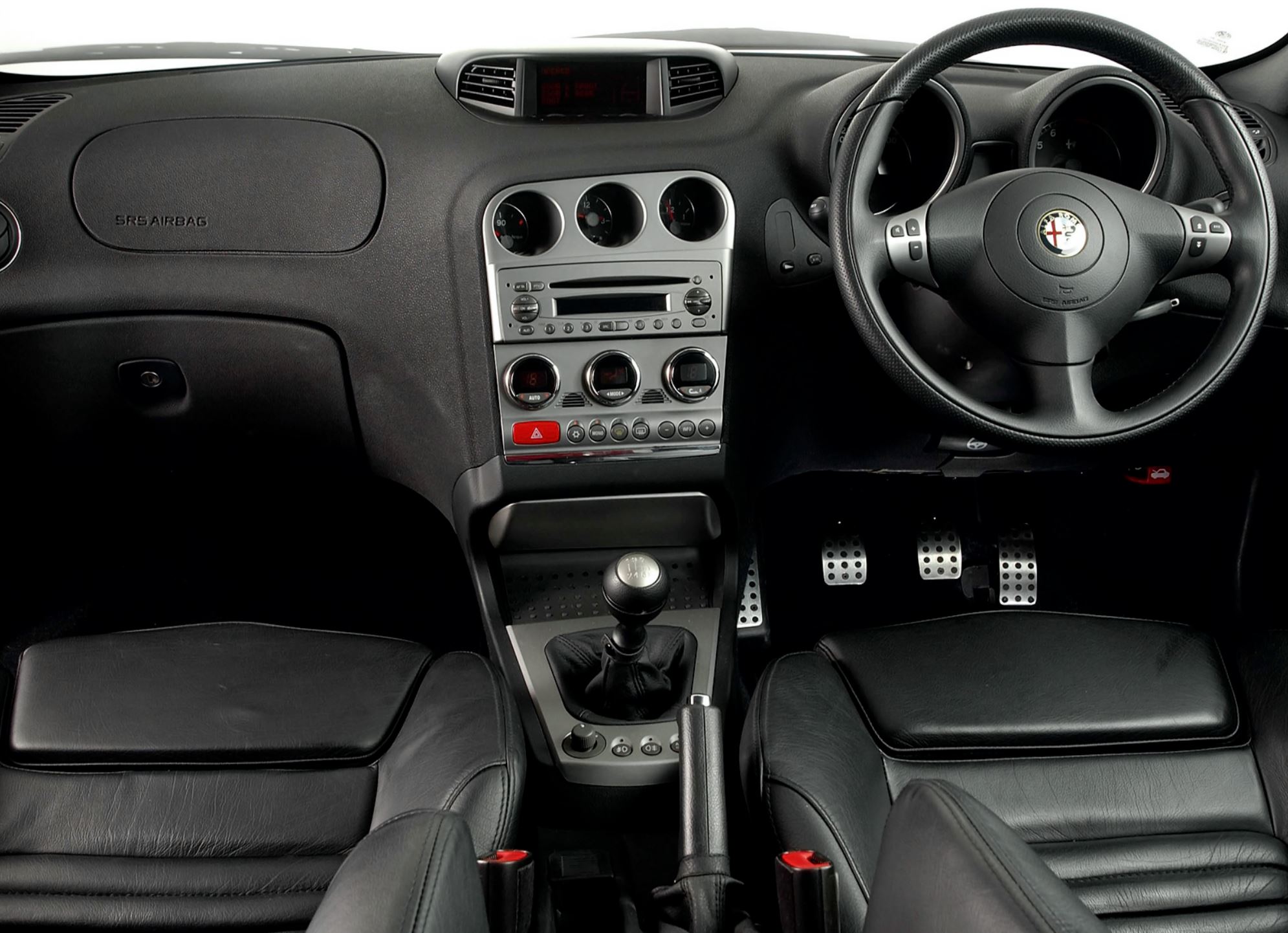With the turn of the new millennium fast approaching in the late 1990s, Alfa Romeo needed a new car to bring the company into the 21st century.
Walter de’Silva headed up the design team for the car and he had a simple task, make something that was distinctly Alfa Romeo.
Alfa’s current saloon at the time, the 155, had generally been well received, however, many Alfa Romeo enthusiasts lamented the loss of the rear-wheel drive layout of the car’s predecessor.
While the rear-wheel drive layout would not return with the new car, de’Silva’s new striking curvy design would recapture some of the magic from Alfa’s earlier cars such as the 1900, Giuletta, and Giulia. The interior was also something to behold, with unique styling and driver focused controls.

Alfa Romeo would name the car the 156 and it was initially fitted with a range of petrol and diesel engines, with a 2.5-litre V6 topping out the offerings. Production and sales would begin in 1997, but the most exciting version of the 156 would not arrive for a number of years.
Alfa Launches the GTA

Alfa enthusiasts and the motoring press got their first look at a hotted up version of the 156 at the Frankfurt Motor Show in September 2001. The saloon version of the car was known as the 156 GTA, while the company also introduced the 156 Sportwagon GTA as well.
At the heart of the new 156 GTA models was a 247 hp (184 kW) 3.2-litre V6 engine that was also shared with the 147 GTA, a hatchback car that was based on the 156 platform. With all that power from the Busso V6, the 156 GTA could hit 100 km/h (62 mph) in as little as 6.3 seconds and continue pulling all the way up to around 250 km/h (155 mph).
Buyers had the option of one of either two transmission options, a 6-speed manual or a selespeed automated manual gearbox. The latter of which can be operated via paddle-shifters on the steering wheel or via a more traditional shifter stick that was more like a sequential manual gearbox. Additionally, the Selespeed gearbox can also be operated in a ‘automatic’ mode as well.
The exterior appearance of the GTA remained largely the same as the standard versions, however, larger 17-inch alloys covered the bigger brake disks and more powerful multi-piston calipers from Brembo. Alfa’s design team also included a new front airdam, vented side skirts and an updated tail section. A twin tailpipe design rounded off the subtle styling and design changes.
Minimal changes were made to the interior, much to the disappointment of a number of motoring journalists at the time. They wanted something that more reflected the performance under the bonnet and felt that the GTA’s interior was not exciting enough. Still, Alfa Romeo did include a number of extras such as a new steering wheel, sports seats, alloy pedals, a new shifter and some different material options.
To complement the more powerful engine, Alfa Rome also retuned and updated the suspension system. The ride height was lowered, the settings for the springs and dampers were changed, and there were reinforced lower beams on the front double wishbones. Additionally, beefier anti-roll bars were included along with special strut and steering links, and the rear suspension attachment points were relocated.
One of the biggest changes was the steering was made significantly faster. Now at 1.7 turns from lock to lock (2.1 on the standard 156), Alfa claimed that the GTA had the most direct steering of any mass-produced car.




